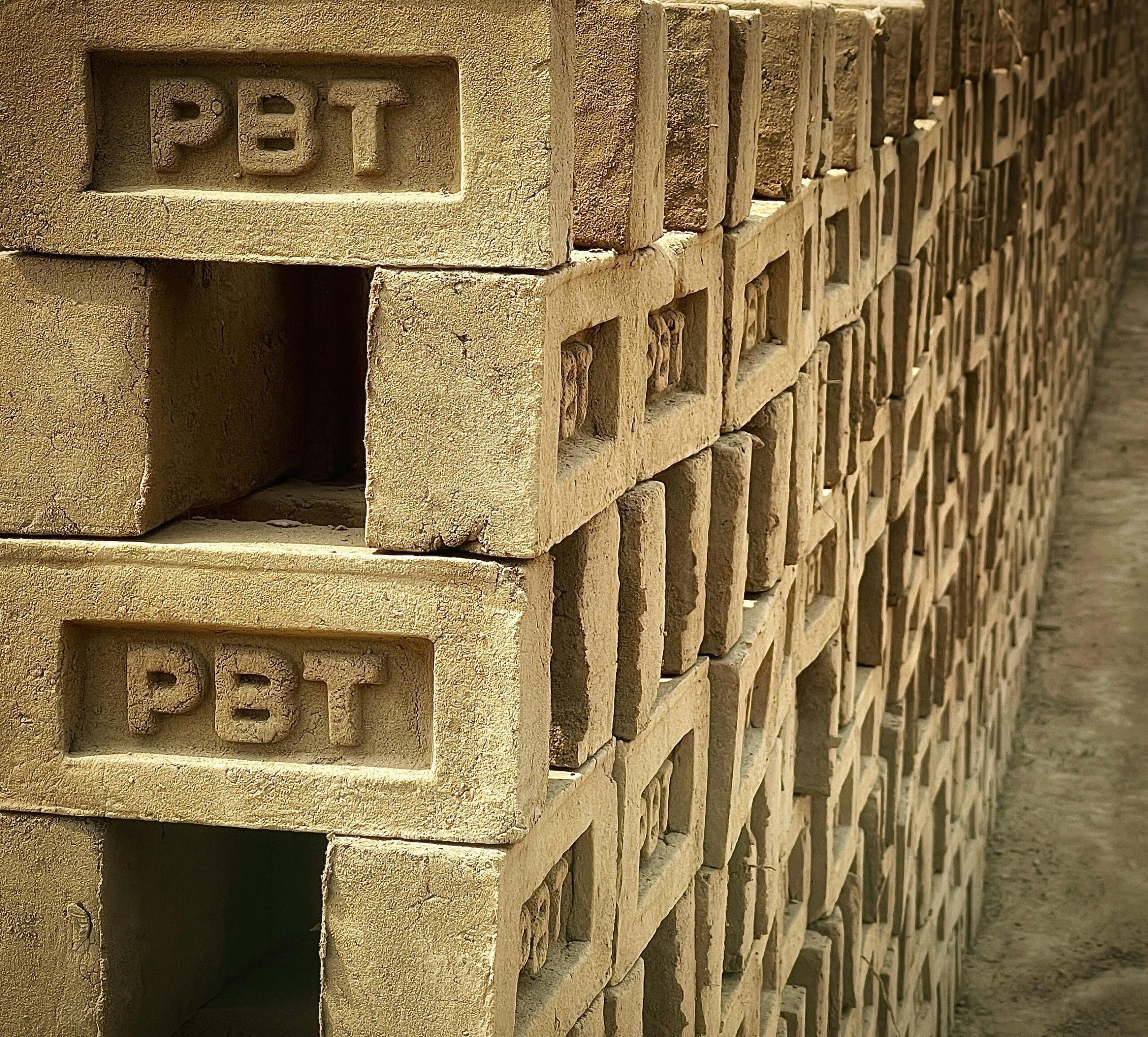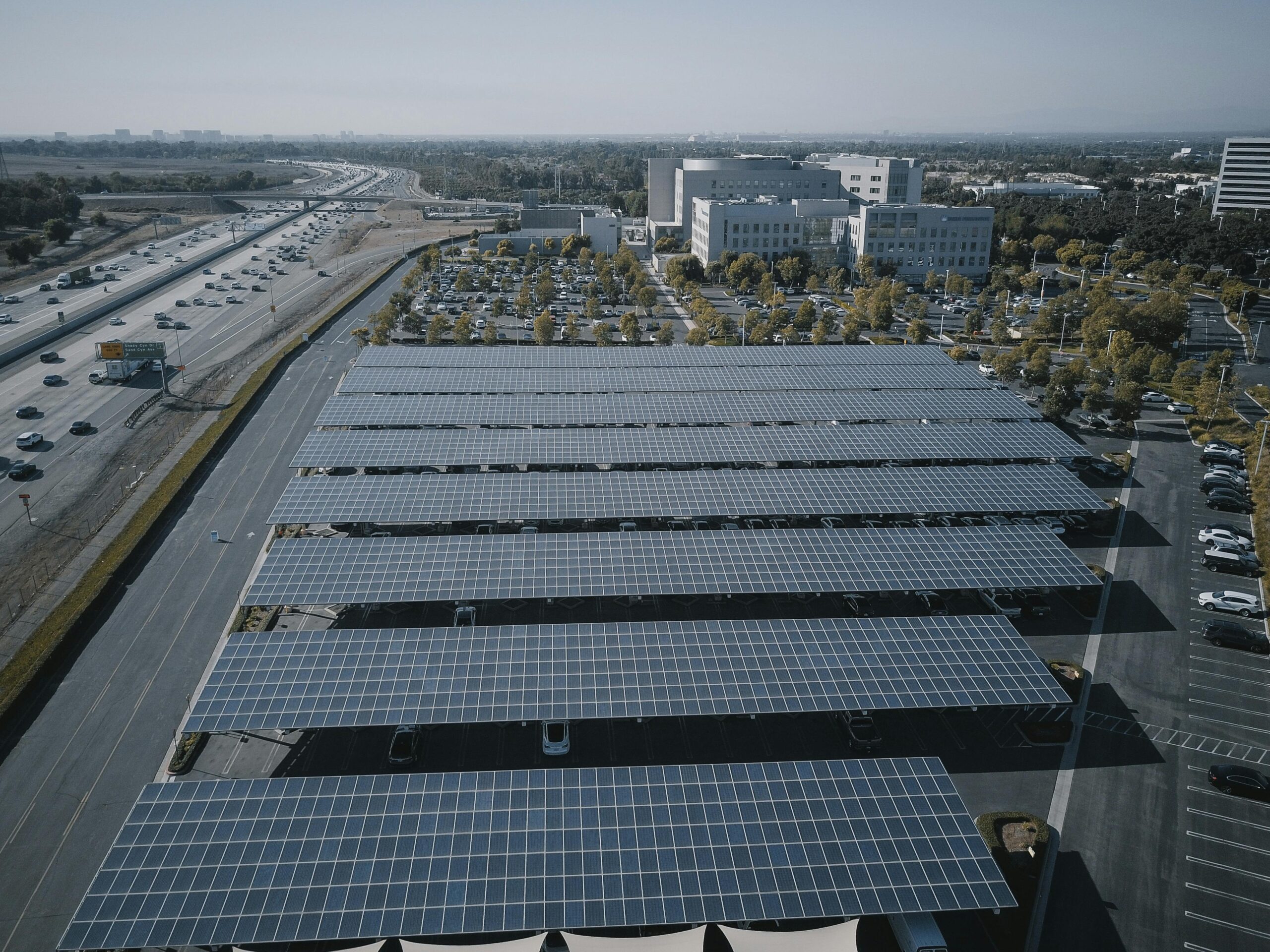The Internet of Things is transforming industries worldwide, but without a solid infrastructure foundation, even the most innovative IoT deployments risk catastrophic failure and security breaches.
🏗️ Why Infrastructure Matters More Than Ever in IoT
As billions of connected devices continue to flood the market, the underlying infrastructure supporting these ecosystems has become the critical differentiator between success and failure. Organizations that rush to deploy IoT solutions without establishing a robust foundation often face cascading problems that can undermine entire operations.
The reality is stark: according to recent industry studies, nearly 60% of IoT projects fail to move beyond the pilot stage, with infrastructure weaknesses being a primary culprit. These failures aren’t just technical setbacks—they represent millions in wasted investment and missed opportunities to transform business operations.
Building resilient IoT infrastructure requires understanding that connectivity alone isn’t enough. The foundation must account for scalability, security, reliability, and adaptability to changing technological landscapes. This comprehensive approach ensures that IoT deployments can withstand the pressures of real-world conditions while delivering consistent value.
The Five Pillars of Rock-Solid IoT Infrastructure
Network Architecture That Scales Seamlessly
At the heart of any resilient IoT infrastructure lies a network architecture designed for exponential growth. Traditional networking approaches simply cannot handle the volume, variety, and velocity of IoT data streams. Organizations must implement edge computing capabilities that process data closer to its source, reducing latency and bandwidth consumption.
Edge computing isn’t just about speed—it’s about creating distributed intelligence throughout the network. By enabling devices to make decisions locally, you reduce dependency on constant cloud connectivity while improving response times for critical applications. This architectural approach becomes essential in scenarios like autonomous vehicles, industrial automation, and healthcare monitoring where milliseconds matter.
The network must also support multiple communication protocols simultaneously. From WiFi and cellular to LoRaWAN and NB-IoT, different use cases demand different connectivity solutions. A flexible architecture accommodates this diversity without creating management nightmares or security vulnerabilities.
Security Built Into Every Layer 🔒
Security cannot be an afterthought in IoT infrastructure—it must be woven into the fabric of every component. The attack surface of IoT deployments is exponentially larger than traditional IT systems, with each connected device representing a potential entry point for malicious actors.
Implementing a zero-trust security model becomes paramount. This approach assumes no device or user is trustworthy by default, requiring continuous authentication and authorization. Device identity management, encrypted communications, and secure boot processes must be standard features, not optional additions.
Regular security audits and vulnerability assessments should be automated wherever possible. As new devices join the network and firmware updates roll out, continuous monitoring ensures that security posture remains strong. Many organizations implement security operations centers specifically for IoT environments, recognizing that traditional cybersecurity tools may not adequately address IoT-specific threats.
Data Management and Storage Solutions
The volume of data generated by IoT devices can overwhelm unprepared infrastructure. A typical smart factory might generate terabytes of sensor data daily, while a smart city deployment could produce petabytes monthly. Managing this data deluge requires sophisticated strategies that balance storage costs, accessibility, and analytical capabilities.
Implementing a tiered storage approach allows organizations to optimize costs while maintaining data availability. Hot data requiring immediate access stays in high-performance storage, while historical data moves to less expensive cold storage. Automated data lifecycle management policies ensure that information flows appropriately through these tiers without manual intervention.
Data governance frameworks must address retention policies, privacy regulations, and compliance requirements from the outset. With regulations like GDPR and CCPA imposing strict rules on data handling, infrastructure must support granular control over personal information, including the ability to locate and delete specific data upon request.
Power Management and Energy Efficiency ⚡
Sustainable IoT infrastructure considers the energy footprint of billions of connected devices. Battery-powered sensors deployed in remote locations must operate for years without maintenance, while data centers processing IoT data consume enormous amounts of electricity.
Energy harvesting technologies are becoming increasingly important for certain IoT applications. Solar panels, kinetic energy converters, and radio frequency energy harvesting can extend device lifespans indefinitely in appropriate environments. Infrastructure planning must account for these power sources and their limitations.
On the backend, green computing practices reduce the environmental and financial costs of IoT operations. Efficient data processing algorithms, optimized cooling systems, and renewable energy sources for data centers contribute to sustainable infrastructure that can scale without proportionally increasing energy consumption.
Redundancy and Failover Mechanisms
Resilient infrastructure assumes failure is inevitable and plans accordingly. Single points of failure represent unacceptable risks in mission-critical IoT deployments. Whether monitoring patient vitals in hospitals or managing industrial equipment, system downtime can have catastrophic consequences.
Geographic redundancy ensures that regional outages don’t cripple entire systems. Distributing infrastructure across multiple data centers and cloud regions provides insurance against natural disasters, power failures, and other localized incidents. Automatic failover mechanisms detect issues and redirect traffic seamlessly, maintaining service continuity.
Device-level redundancy also matters in many scenarios. Critical sensors might be deployed in pairs or clusters, with overlapping coverage areas ensuring that data collection continues even if individual devices fail. The infrastructure must be intelligent enough to recognize these failures and compensate automatically.
Choosing the Right Technology Stack for IoT Infrastructure
Selecting appropriate technologies forms the backbone of resilient IoT infrastructure. This decision impacts everything from initial deployment costs to long-term scalability and maintenance requirements. Organizations must balance cutting-edge capabilities with proven reliability.
Cloud Platforms Versus On-Premises Solutions
The cloud versus on-premises debate continues in IoT infrastructure planning. Cloud platforms offer rapid scalability, reduced capital expenditure, and access to advanced services like machine learning and artificial intelligence. Major providers have developed comprehensive IoT platforms that handle device management, data processing, and analytics.
However, on-premises infrastructure provides greater control over data sovereignty, potentially lower latency for local processing, and independence from internet connectivity. Hybrid approaches are increasingly popular, combining cloud advantages for scalability and advanced analytics with on-premises infrastructure for sensitive data and critical operations.
Multi-cloud strategies provide additional resilience by avoiding vendor lock-in and distributing risk across multiple providers. This approach requires more complex management but offers flexibility to leverage the best capabilities of each platform while maintaining backup options if one provider experiences issues.
Open Source Versus Proprietary Technologies
Open source platforms offer transparency, community support, and freedom from vendor lock-in. Projects like Eclipse IoT, Node-RED, and Apache Kafka have become foundational components in many IoT infrastructures. The ability to inspect code, customize functionality, and contribute improvements appeals to organizations wanting maximum control.
Proprietary solutions provide polished user experiences, professional support, and integrated ecosystems. Vendors invest heavily in making their platforms easy to deploy and operate, potentially reducing time-to-value. The tradeoff involves ongoing licensing costs and potential limitations on customization.
Most successful deployments incorporate both approaches strategically. Open source components might handle core infrastructure functions while proprietary tools address specific business requirements or provide user-facing interfaces. This balanced approach maximizes flexibility while ensuring supportability.
🛠️ Implementation Strategies for Building Resilient Infrastructure
Starting Small and Scaling Intelligently
The temptation to build comprehensive infrastructure before deploying IoT solutions often leads to overengineering and wasted resources. A more effective approach starts with pilot projects that validate concepts while establishing baseline infrastructure requirements.
These pilots should be production-quality implementations serving real business needs, not laboratory experiments. By starting small but building properly, organizations develop operational experience while keeping initial investments manageable. Success in these early phases builds organizational support for expanded deployments.
Scaling requires planning for gradual expansion rather than sudden leaps. Infrastructure capacity should grow slightly ahead of device deployments, providing headroom without excessive waste. Monitoring tools track utilization patterns, informing decisions about when and where to expand capacity.
Documentation and Knowledge Management
Comprehensive documentation transforms infrastructure from a black box into a manageable system. Network diagrams, configuration details, security policies, and troubleshooting procedures must be meticulously documented and kept current.
Knowledge management extends beyond technical documentation to include lessons learned, best practices, and decision rationales. When team members leave or new challenges arise, this institutional knowledge prevents repeating past mistakes and accelerates problem-solving.
Automation tools can assist with documentation by automatically discovering network topology, tracking configuration changes, and maintaining asset inventories. These systems ensure documentation remains accurate as infrastructure evolves, reducing the burden on technical teams.
Continuous Monitoring and Performance Optimization
Infrastructure monitoring provides visibility into system health, performance bottlenecks, and emerging issues before they impact operations. Comprehensive monitoring covers network performance, device connectivity, data flow rates, storage utilization, and security events.
Modern monitoring platforms use artificial intelligence and machine learning to establish baselines and detect anomalies. Rather than relying solely on static thresholds, these systems learn normal patterns and alert when behavior deviates significantly. This approach reduces false alarms while catching subtle problems that might escape traditional monitoring.
Performance optimization should be ongoing rather than reactive. Regular analysis of monitoring data reveals opportunities to improve efficiency, reduce costs, or enhance user experience. Capacity planning based on trend analysis ensures infrastructure remains adequate as deployments grow.
Navigating Common Infrastructure Challenges 🚧
Interoperability and Standards Compliance
The IoT landscape remains fragmented, with numerous competing standards and protocols. Building infrastructure that accommodates this diversity while maintaining manageability requires careful planning and often middleware solutions that translate between different systems.
Prioritizing open standards like MQTT, CoAP, and OPC UA improves long-term flexibility and reduces vendor lock-in risks. While proprietary protocols may offer advantages in specific scenarios, overreliance on them creates integration challenges and limits future options.
Industry-specific standards also matter. Healthcare IoT must comply with FHIR and other medical data standards, while industrial deployments might prioritize OPC UA or MTConnect compatibility. Understanding relevant standards for your industry ensures infrastructure investments align with ecosystem expectations.
Legacy System Integration
Few organizations have the luxury of building IoT infrastructure from scratch. Most must integrate with existing systems, including legacy equipment that predates modern connectivity standards. This integration challenge can make or break IoT initiatives.
Protocol gateways and edge devices bridge the gap between old and new technologies, translating legacy communications into modern IoT protocols. While adding complexity, these translation layers protect investments in existing equipment while enabling IoT benefits.
APIs and middleware platforms provide abstraction layers that allow new IoT applications to interact with legacy systems without requiring direct integration. This approach accelerates development while maintaining stability in critical operational systems.
Cost Management and ROI Optimization
Infrastructure costs can spiral quickly as IoT deployments scale. Connectivity fees, cloud computing charges, storage costs, and maintenance expenses accumulate. Successful organizations implement cost management strategies from the beginning rather than waiting for budget problems to emerge.
Regular cost optimization reviews identify opportunities to reduce expenses without compromising capabilities. Moving infrequently accessed data to cheaper storage tiers, rightsizing compute resources, and negotiating volume discounts with providers can significantly reduce operational costs.
Demonstrating ROI justifies continued infrastructure investment and secures support for expansion. Tracking metrics that tie infrastructure capabilities directly to business outcomes—improved efficiency, reduced downtime, enhanced customer satisfaction—makes the value proposition clear to non-technical stakeholders.
🔮 Future-Proofing Your IoT Infrastructure
Technology evolution continues at breakneck pace. Infrastructure decisions made today must accommodate tomorrow’s requirements without complete redesigns. Future-proofing requires balancing current needs with anticipated developments.
Embracing Emerging Technologies Thoughtfully
New technologies like 5G networks, artificial intelligence at the edge, and quantum-resistant encryption promise to transform IoT capabilities. Forward-thinking infrastructure accommodates these advances without betting the farm on unproven technologies.
Building modular, loosely coupled architectures allows components to be upgraded or replaced without disrupting the entire system. API-first design principles ensure that new technologies can integrate smoothly as they mature and become practical for production use.
Pilot programs and proof-of-concept projects test emerging technologies in controlled environments before full-scale adoption. This measured approach balances innovation with risk management, ensuring infrastructure remains current without becoming a perpetual beta test.
Cultivating Organizational Capabilities
Infrastructure resilience depends as much on people as technology. Investing in team development ensures organizations have the expertise needed to operate and evolve complex IoT systems. Cross-training, certifications, and knowledge sharing create organizational resilience alongside technical resilience.
Partnerships with vendors, system integrators, and consultants supplement internal capabilities. These relationships provide access to specialized expertise, accelerate problem resolution, and expose teams to best practices from diverse industries and use cases.

Creating Infrastructure That Powers Transformation 🚀
Building rock-solid IoT infrastructure represents more than a technical exercise—it’s a strategic investment in organizational capability. The foundation you establish today determines what innovations become possible tomorrow and whether your IoT initiatives deliver sustainable value or become cautionary tales.
Success requires balancing numerous competing priorities: security versus accessibility, cost versus capability, standardization versus flexibility. Organizations that navigate these tradeoffs thoughtfully, guided by clear business objectives rather than technology trends alone, build infrastructure that serves as a competitive advantage.
The journey toward resilient IoT infrastructure never truly ends. As device populations grow, technologies evolve, and business requirements shift, continuous improvement becomes the norm. Regular assessment, strategic investment, and willingness to adapt ensure infrastructure remains aligned with organizational needs.
Starting this journey might seem daunting, but the alternative—deploying IoT solutions on inadequate foundations—virtually guarantees failure. By committing to infrastructure excellence from the outset, you create the conditions for IoT success, transforming connectivity from a technical challenge into a business enabler.
The organizations that will lead their industries in the IoT era aren’t necessarily those with the most devices or the flashiest applications. They’re the ones that recognized infrastructure as the true differentiator and invested accordingly. Building your rock-solid foundation today positions you to capitalize on IoT opportunities for years to come.
Toni Santos is an urban innovation writer and researcher dedicated to exploring how technology, sustainability, and design are reshaping the cities of tomorrow. With a deep interest in smart infrastructure and human-centered development, Toni studies how data-driven systems and green technologies can create more livable, resilient, and efficient urban environments. Fascinated by sustainable architecture, IoT integration, and next-generation mobility, Toni’s work connects environmental awareness with digital transformation. Through research and storytelling, he examines how intelligent planning and renewable innovation can redefine the relationship between people and their cities. Blending urban design, environmental science, and systems thinking, Toni documents the breakthroughs that are reimagining how we build, move, and coexist. His work highlights the architects, engineers, and technologists leading the charge toward smarter, greener futures. His work is a tribute to: Green architecture as the foundation for sustainable living IoT innovation shaping the infrastructure of connected cities Mobility systems and renewable energy driving urban transformation Whether you’re an architect, engineer, or city planner, Toni Santos invites you to explore the technologies and ideas building the smart, sustainable cities of the future — one street, one system, one vision at a time.




